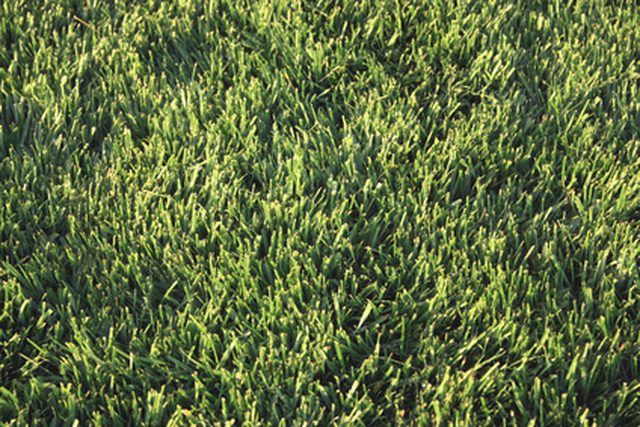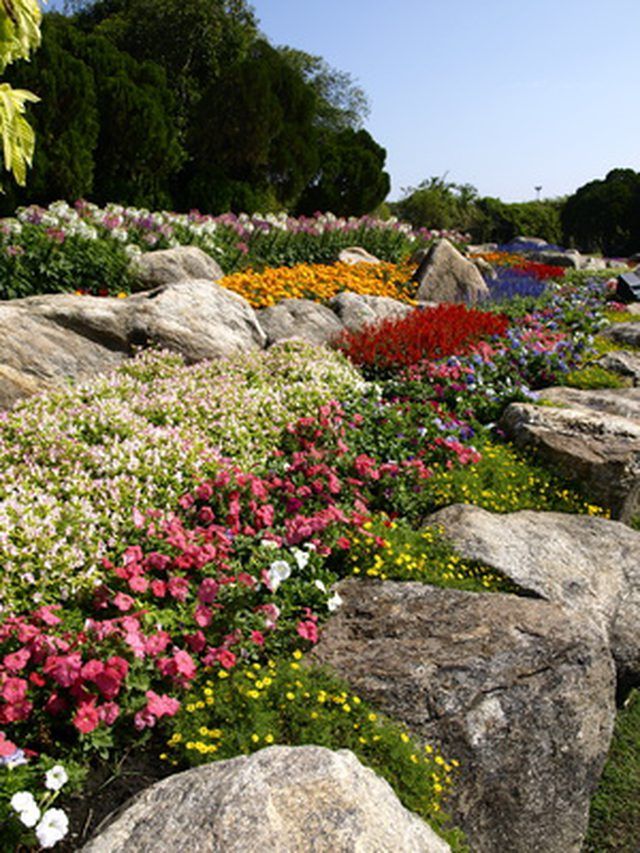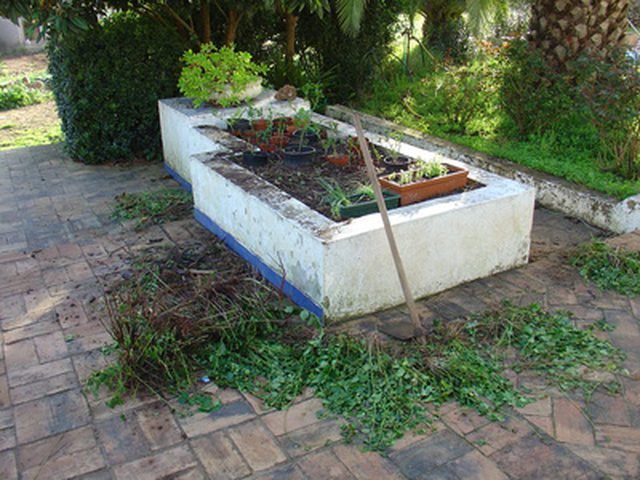Bulbs
Flower Basics
Flower Beds & Specialty Gardens
Flower Garden
Garden Furniture
Garden Gnomes
Garden Seeds
Garden Sheds
Garden Statues
Garden Tools & Supplies
Gardening Basics
Green & Organic
Groundcovers & Vines
Growing Annuals
Growing Basil
Growing Beans
Growing Berries
Growing Blueberries
Growing Cactus
Growing Corn
Growing Cotton
Growing Edibles
Growing Flowers
Growing Garlic
Growing Grapes
Growing Grass
Growing Herbs
Growing Jasmine
Growing Mint
Growing Mushrooms
Orchids
Growing Peanuts
Growing Perennials
Growing Plants
Growing Rosemary
Growing Roses
Growing Strawberries
Growing Sunflowers
Growing Thyme
Growing Tomatoes
Growing Tulips
Growing Vegetables
Herb Basics
Herb Garden
Indoor Growing
Landscaping Basics
Landscaping Patios
Landscaping Plants
Landscaping Shrubs
Landscaping Trees
Landscaping Walks & Pathways
Lawn Basics
Lawn Maintenance
Lawn Mowers
Lawn Ornaments
Lawn Planting
Lawn Tools
Outdoor Growing
Overall Landscape Planning
Pests, Weeds & Problems
Plant Basics
Rock Garden
Rose Garden
Shrubs
Soil
Specialty Gardens
Trees
Vegetable Garden
Yard Maintenance
How Deep Should Topsoil Be?
How Deep Should Topsoil Be?.
The Benefits of Topsoil
Topsoil is the dark upper layer that contains the nutrients plants need. If the undersoil is not compact, most landscapers recommend a four- to six-inch layer beneath lawns. On top of this base, many flower and vegetable gardeners add two more inches of fresh topsoil to their garden beds each year to counteract the effects of leeching and erosion.

Factors Requiring Additional Depth
Although it can be expensive, some gardeners take a "more is better" approach to topsoil, and certain situations always call for a thicker layer. Add extra topsoil to rocky fill dirt, hard clay soils and raised flower or vegetable beds. To give a boost to plants growing in rocky soil or hard clay, add at least an eight-inch layer of soil. Raised beds require a mix of approximately half compost, half topsoil and little sand for drainage.

Bottom Line
For standard lawn and garden applications where soil is not too rocky or compact, four to six inches of topsoil is enough. However, for special soil types, you may need eight or more inches, and you may need to create a custom mix for raised garden beds.
